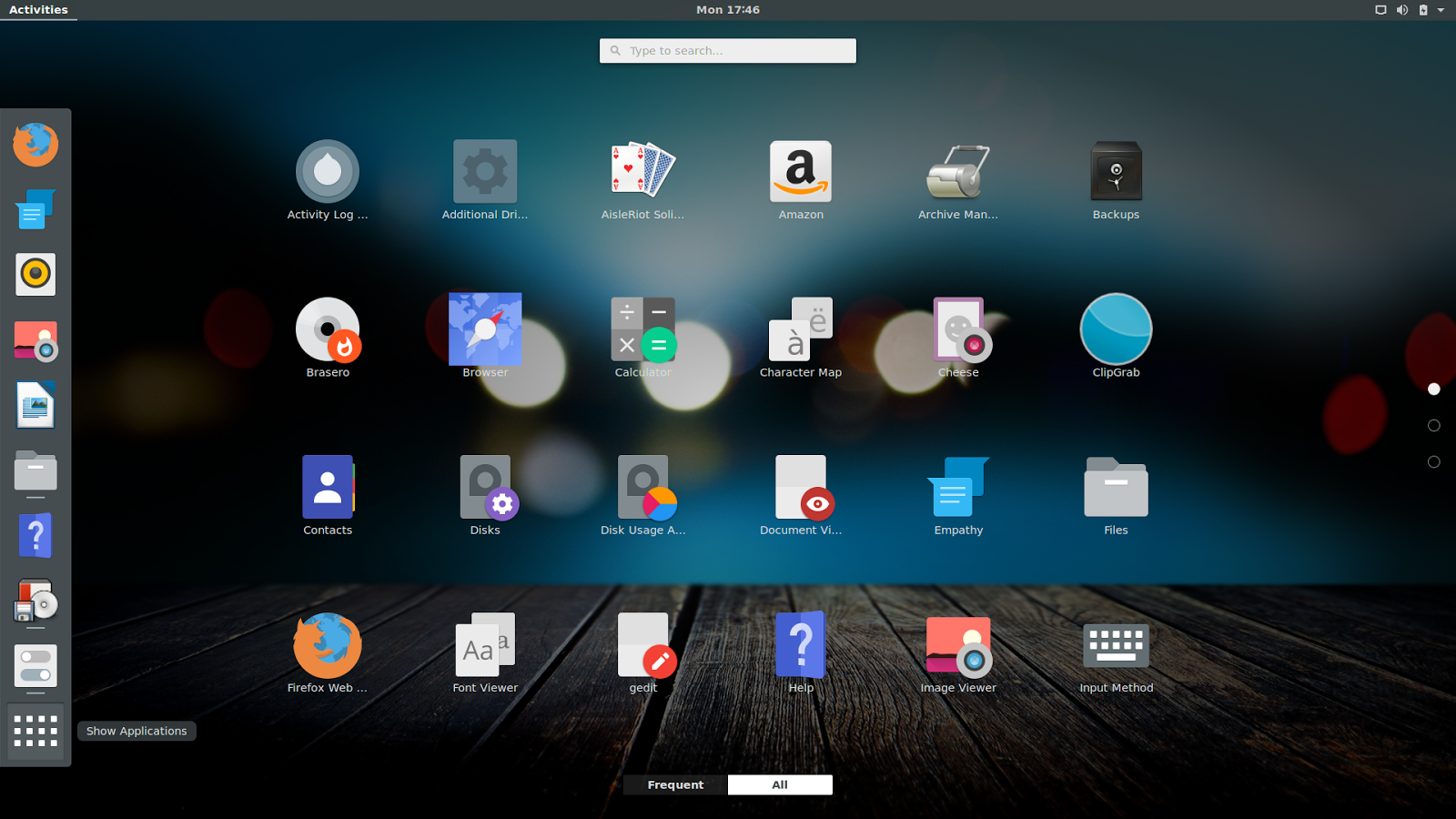

- #IEXPRESS POST INSTALL COMMANDS HOW TO#
- #IEXPRESS POST INSTALL COMMANDS .EXE#
- #IEXPRESS POST INSTALL COMMANDS SOFTWARE#
- #IEXPRESS POST INSTALL COMMANDS LICENSE#
- #IEXPRESS POST INSTALL COMMANDS WINDOWS#
NET compilers (again should anycodings_batch-file be available on almost every win anycodings_batch-file machine).I've choose. So one other possible approach is to anycodings_batch-file look at the.
#IEXPRESS POST INSTALL COMMANDS WINDOWS#
This should work practically on every anycodings_batch-file Windows machine out there but has one anycodings_batch-file major limitation - you cannot pass anycodings_batch-file arguments to the created. (echo()>"%temp%\d"Įxample: bat2exeIEXP.bat myBatFile.bat MyExecutable.exe (echo(TargetName=%target.exe%)>"%temp%\d" (echo(AppLaunched=cmd.exe /c "%bat_name%")>"%temp%\d" echo usage: %~nx0 batFile.bat target.Exe bat file you want to convert and the anycodings_batch-file target executable: off It accepts two arguments - the anycodings_batch-file. So here's IEXPRESS anycodings_batch-file sed-directive/.bat file that creates a anycodings_batch-file self-extracting. The executable will now be created and click Finish to close the IExpress Wizard.One very obvious approach is to use anycodings_batch-file IEXPRESS - the ancient built-in tool anycodings_batch-file that creates self-extracting packages anycodings_batch-file and is capable to execute post anycodings_batch-file extraction commands. For the purpose of this tutorial choose Don’t save and click Next.Īll of your configuration is complete and you are now ready to create the executable. You can save your IExpress configuration in case you would like to come back and edit it later. On the Configure restart dialog, choose Only restart if needed and click Next On the Package Name and Options dialog, click Browse.Įnter a file name and location and click Save and then click Next on the Package Name and Options dialog shown above. Similar to the confirmation prompt dialog (shown above), if you wanted to have a display message after your script runs, you could choose “Display message” and enter the message into the box, click Next. Leave the Finished message selection as No message. Leave the original selection as Default (recommended) and click Next Select the batch file and leave the “Post Install Command” as “” and click Next. Your executable script should now be visible in the “Install Program” drop down. On the Packaged files screen choose Add and be sure to add your script and your executable script (hello.vbs and runhello.bat) and click Next.
#IEXPRESS POST INSTALL COMMANDS LICENSE#
For the purpose of this tutorial choose Do not display a license and click Next. Similarly, you will be prompted whether or not you would like to display a license agreement. If you wanted to prompt a user with a message you could choose “Prompt user with” and enter your message in the box below the prompt.

For the purpose of this tutorial click No prompt and then click Next. You will be asked whether you want to prompt the user to confirm the installation of their package. Type a name for your executable and click Next. Select Extract files and run an installation command and click Next.

Start a new project by selecting Create new Self Extraction Directive file and click Next. In Windows XP, launch IExpress by going to Start > Run and typing iexpress. Launch IExpress in Windows Vista by clicking the Start button and typing iexpress. The following are two simple examples of scripts to help drive home the point: hello.vbs echo “hello” runhello.bat cscript hello.vbs If you are unfamiliar with visual basic scripts and batch script syntax the “cscript” command shown above is needed to execute the hello.vbs file. For example: if your script is a visual basic script (.vbs) you need a batch file (.bat) that will run your script. The second script must be the batch file that you use to execute your script.

The first file is the script you would like to bundle into the executable. If you would like to learn more information about IExpress, you can read the documentation at Microsoft TechNet.īefore you begin the installation process, you will need two files. This is an extremely useful tool for turning Visual Basic script files and other non-executable scripts into one-click executables.
#IEXPRESS POST INSTALL COMMANDS HOW TO#
This eliminates the need of explaining to non-technical users how to execute scripts through the Command Prompt.
#IEXPRESS POST INSTALL COMMANDS .EXE#
exe rather than distributing a “raw” script file (.bat. The tool allows you to wrap an executable file around your scripts so that you can distribute any script as an. Windows Vista and Windows XP both have a rarely used tool known as IExpress.
#IEXPRESS POST INSTALL COMMANDS SOFTWARE#
You can turn scripts into redistributable executable files with existing software in Windows Vista and Windows XP.


 0 kommentar(er)
0 kommentar(er)
